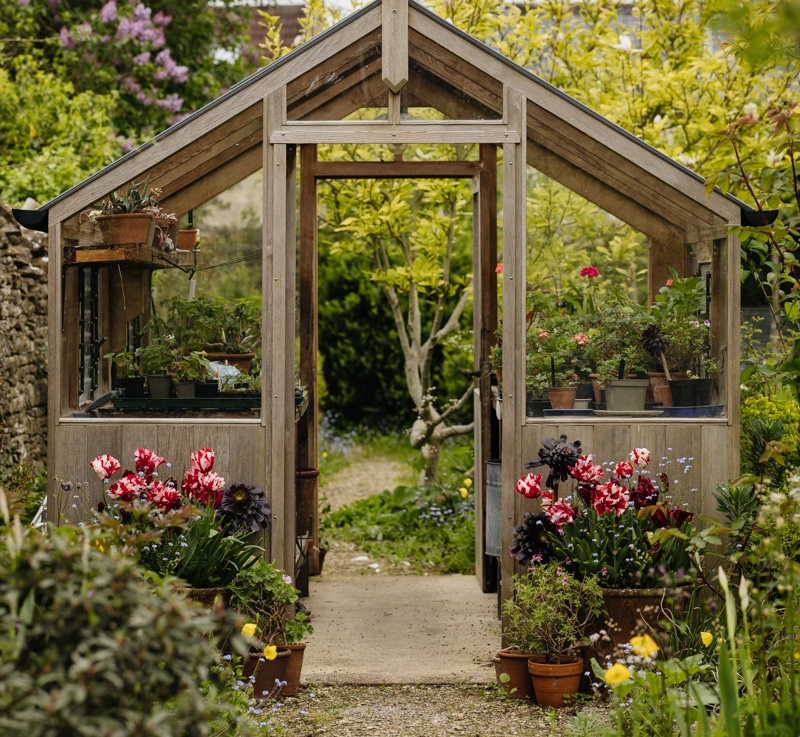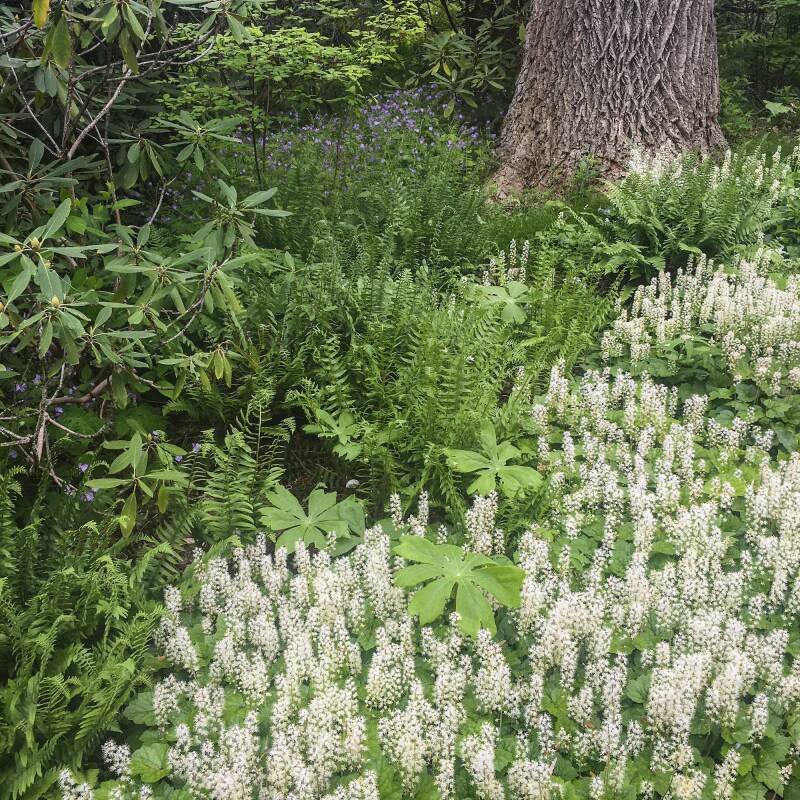When my friend and colleague Margot Guralnick and I set out to write The Low-Impact Home, we had many discussions with Remodelista founder Julie Carlson about whether our project would be a beautiful coffee table book or a nuts-and-bolts manual for eco-minded homeowners. What we realized was, we needn’t sacrifice one for the other. Our book would be equal parts inspiration and information.
When I opened up Beyond the Meadows: Portrait of a Natural and Biodiverse Garden by Krautkopf, in bookstores now, I immediately recognized in it the same desire to both inspire and edify. That the book is brimming with gorgeous images isn’t all that surprising given its authors, German homesteaders Susann Probst and Yannic Schon, are professional photographers. What is unexpected, and delightful, is how much they’ve chosen to share about their experience as new homesteaders. The two really get into the weeds, if you will, of how they designed their landscape, cared for their plants, welcomed biodiversity, naturally enriched the soil, and, ultimately, became self-sufficient. Diagrams, before and after shots, and plant lists help tell their gardening journey. And they’re blessedly not shy about revealing their mistakes, either.
“To be honest, we held back from writing a gardening book for a long time,” Susann tells us. “We felt we were only at the very beginning of the learning process and therefore didn’t feel ready. However, at one point we realized that this gardening journey would never end and that we would constantly be learning new things that would be worth writing about. So there would never be the ‘right’ time to start.” The results are less guidebook and more garden memoir. “We wanted a book full of beauty and inspiration, which would nevertheless contain our knowledge and experiences from the past five years,” she says.
Susann and Yannic’s garden appeared in The Low-Impact Home—Margot and I were enchanted by their property and their commitment to ecology-based gardening—so I read their book with great interest. But even if you don’t know a thing about them and don’t harbor any fantasies about growing your own food, Beyond the Meadows is a must-read. It’s for anyone curious about how to be a better gardener or adopt more planet-friendly approaches—and also for those who simply yearn to slow down and smell the earth.
Here’s a sample of what’s inside.
Photography by Krautkopf, from Beyond the Meadows.







For more on homesteading, see:
- 11 Garden Ideas to Steal from Hipster Homesteaders
- Homestead Act: A Family Trades City Life for a Farm on Martha’s Vineyard
- Best Edible Garden 2017: An Iowa Homestead by Under a Tin Roof
















Have a Question or Comment About This Post?
Join the conversation (0)